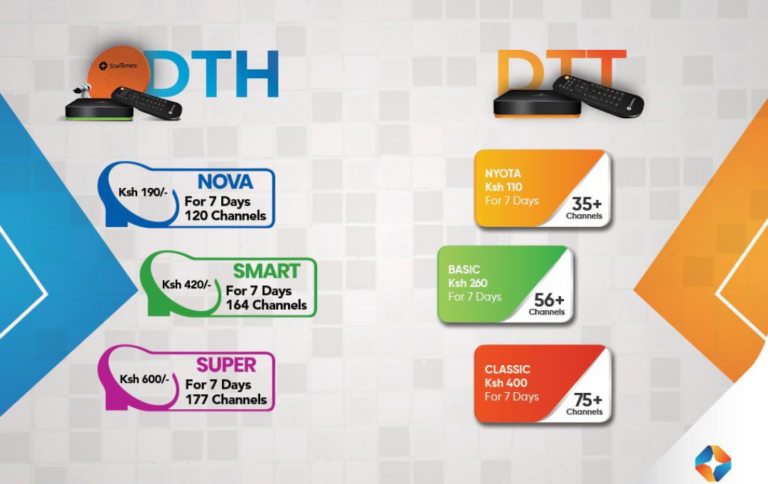An Ultimate Guide on How to Become a Substitute Teacher

How to Become a Substitute Teacher – Becoming a substitute teacher is a valuable and important role in the education system. It requires flexibility, adaptability, and a genuine passion for working with students.
To excel in this position, it’s essential to be well-prepared and equipped with effective strategies for managing the classroom and engaging students. In this ultimate guide, we will explore a variety of tips and ideas from experienced substitute teachers to help you thrive in your role.
Read: How to Become A Maths Teacher
Tips for Succeed as A Substitute Teacher
1. Arrive Early and Be Prepared: One of the most common pieces of advice is to arrive early and familiarize yourself with the classroom and lesson plans. This allows you to set a positive tone for the day and be ready to engage with the students.
2. Follow the Lesson Plans: It’s crucial to follow the teacher’s plans meticulously. This not only helps maintain continuity for the students but also shows respect for the absent teacher’s preparation.
3. Establish Classroom Management Strategies: Developing effective classroom management techniques is essential for a substitute teacher. This includes maintaining control of the classroom, setting clear expectations, and being consistent with discipline.
4. Build Positive Relationships: Creating a positive and respectful rapport with the students is key to a successful day of substitute teaching. Being understanding, firm, and respectful can help establish a conducive learning environment.
5. Be Flexible and Adaptable: As a substitute teacher, you may encounter unexpected challenges. Being flexible and adaptable to changes in the schedule or unforeseen circumstances is a valuable skill.
6. Seek Support from Colleagues: Utilize the support of other teachers and school staff. They can provide valuable insights, guidance, and assistance in navigating the school’s environment and procedures.
Incorporating these tips into your approach as a substitute teacher can help you navigate the challenges and make a positive impact in the classroom. By being well-prepared, proactive, and focused on student engagement, you can thrive in this important role.
What are the Requirements to Become A Substitute Teacher
The requirements to become a substitute teacher vary by state and district, but generally, a minimum of a high school diploma or equivalent is required. In Nevada, for example, to be a substitute teacher, you do not need a bachelor’s degree, but you must have at least 60 hours of collegiate courses, 6 of which are in education.
You will also need to go in for state fingerprinting and state and federal background checks. Some districts may have other requirements, so it is important to check before applying.
Additionally, in Nevada, you can apply for a standard substitute teacher license if you have a minimum of 60 college credits, or an emergency substitute teacher license with just a high school diploma. You must also pass a criminal history background check.
What are the Challenges of Substitute Teaching and How to Overcome them
The challenges of substitute teaching include managing classroom behavior, handling unexpected scenarios, and maintaining control of the classroom. To overcome these challenges, substitute teachers can follow several strategies:
1. Classroom Management: Substitute teachers must be prepared to handle unexpected behaviors and events. It’s essential to think of themselves as competent professionals and be ready to manage the classroom effectively. This can be achieved by establishing clear expectations, being consistent with discipline, and seeking support from school staff.
2. Managing Student Behavior: Maintaining control of the classroom and addressing student misbehavior is a common challenge. Substitute teachers can create a routine for the beginning of class, be understanding of individual student needs, and consider any special needs students.
3. Handling Unexpected Scenarios: Substitute teachers may encounter unexpected situations. It’s important to arrive early, familiarize themselves with the classroom, and be prepared to make quick decisions on how to handle unforeseen events. Having a backup plan and being flexible and adaptable are also key strategies.
By implementing these strategies, substitute teachers can effectively overcome the challenges associated with this role and create a positive and productive learning environment for students.
How to Build Rapport with Students as A Substitute Teacher
Building rapport with students as a substitute teacher is essential for creating a positive and effective learning environment. Here are some tips from experienced educators:
1. Introduce Yourself: Start by introducing yourself to the students. This helps establish a connection and shows that you are approachable.
2. Be Friendly: Smile and be approachable. Be willing to have a conversation with the students and create a positive atmosphere in the classroom.
3. Learn Names: Learning the students’ names is an effective way to build rapport. It shows that you are interested in them as individuals.
4. Be Respectful: Respect the students’ boundaries and be mindful of their individual needs. This helps create a safe and comfortable learning environment.
5. Use Positive Reinforcement: Use positive reinforcement to encourage students’ behavior. For example, you can praise students when they participate in class, complete their work, or demonstrate good behavior.
6. Be Adaptable: Be willing to adjust your teaching style to meet the needs of the students. Every class is different, and some students may need more attention than others. Being flexible and adaptable will help you to connect with each student and build rapport with them.
7. Meet Students at the Door: Greet students at the door by name as they enter the classroom. This helps establish your presence and focus on relationships at the start of the day.
By incorporating these tips into your approach as a substitute teacher, you can build rapport with students and create a positive and productive learning environment.
How to Handle Difficult Students as A Substitute Teacher
Handling difficult students as a substitute teacher can be challenging, but there are effective strategies to manage such situations. Here are some tips based on the search results:
1. Set Clear Expectations: Introduce yourself and explain the behavioral expectations to the students at the beginning of the class. Clearly define what constitutes good or positive behavior, such as raising a hand to speak and not interrupting others.
2. Open Communication and Kindness: Use open communication and kindness when addressing challenging student behavior. It’s important to treat all students with respect, even those who may be acting out.
3. Pick and Choose Your Battles: As a substitute teacher, it’s essential to decide which issues matter the most. Focus on addressing behaviors that significantly disrupt the learning environment and use open communication and kindness when handling challenging student behavior.
4. Discuss Problems One-on-One: When dealing with disruptive students, it’s beneficial to discuss the issues one-on-one to address negative behavior without spotlighting it or involving the whole class.
5. Identify Helpers: Engage students by identifying helpers. Giving students a task to do can quickly derail misbehavior and keep them focused.
By implementing these strategies, substitute teachers can effectively handle difficult students and maintain a positive and productive learning environment in the classroom.
How to Handle Students who are Resistant to Learning as A Substitute Teacher
Handling students who are resistant to learning as a substitute teacher can be challenging, but there are effective strategies to manage such situations. Here are some tips based on the search results:
1. Create a Positive Learning Environment: Creating a positive learning environment can help engage students who are resistant to learning. This can be achieved by being friendly, using positive reinforcement, and being respectful.
2. Identify the Root Cause: Identify the root cause of the student’s resistance to learning. It could be due to a lack of interest, difficulty understanding the material, or personal issues. Once the cause is identified, you can tailor your approach to address the issue.
3. Use Different Teaching Strategies: Use different teaching strategies to engage students who are resistant to learning. This can include using visual aids, hands-on activities, and group work.
4. Encourage Participation: Encourage participation by asking open-ended questions and providing opportunities for students to share their thoughts and ideas. This can help students feel more invested in the learning process.
5. Be Patient and Persistent: Be patient and persistent in your approach. It may take time to engage students who are resistant to learning, but with persistence and patience, you can make progress.







